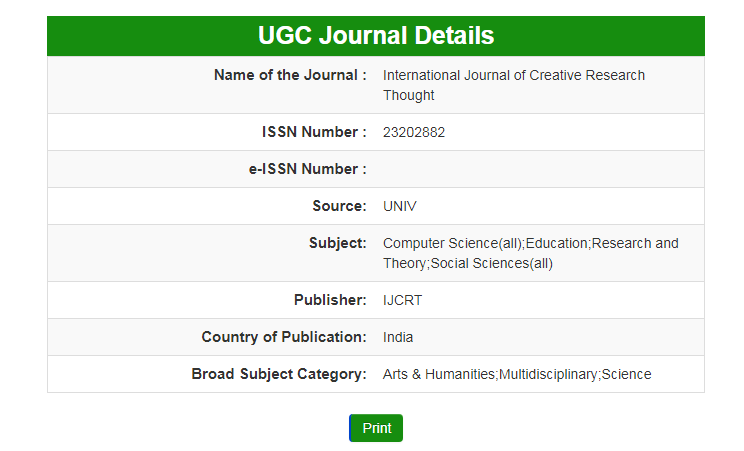Low energy nuclear physics occupies a fascinating niche within the broader field of nuclear physics, focusing on the understanding and manipulation of atomic nuclei at relatively low energies. But what exactly does “low energy” mean in this context, and why does it matter? Imagine you are tasked with unraveling the mysteries of the universe’s most fundamental components—the nuclei of atoms—using tools that allow you to explore without the overwhelming forces that govern high-energy interactions. This opens up a plethora of questions and potential challenges in the domain of nuclear interactions.
At its core, low energy nuclear physics involves the study of nuclear reactions and structures when particles are subjected to energies typically below a few hundred MeV (million electron volts). This significantly contrasts with high-energy nuclear physics, which delves into particle collisions at relativistic speeds, often explored in large particle accelerators. The fascination with low energy nuclear physics arises because it is at this scale that the complexities of nuclear forces and the subtleties of quantum mechanics truly manifest.
To further explore this intricate subject, it is essential to delve into the concepts underpinning the interactions within atomic nuclei. One might ponder: What are the fundamental forces that govern these interactions? The primary force at play is the strong nuclear force, which binds protons and neutrons within the nucleus. However, this force is supplemented by electromagnetic interactions, specifically the repulsive force between positively charged protons. In low energy physics, these interactions have been significantly studied and offer insight into the stability of nuclei, their decay processes, and the formation of isotopes.
One major focus of low energy nuclear physics is the study of nuclear structure. This encompasses the examination of how protons and neutrons are arranged in a nucleus, leading to various geometries and configurations. Dr. Maria Goeppert Mayer and Dr. J. Hans D. Jensen, both luminaries in the field, pioneered models that elucidate the shell structure of nuclei, likening them to electron configurations in atomic shells. This shell model has profound implications, not only for the stability of nuclei but also for nuclear reactions, including fusion and fission.
How do these low energy phenomena manifest in practical applications? The peculiarities of low energy nuclear interactions are not merely academic; they possess significant implications in fields ranging from medical imaging to energy production. For instance, techniques such as neutron scattering utilize low energy interactions to elucidate the structures of materials, including biological samples, thus providing invaluable insights in material science and biophysics.
A major challenge within low energy nuclear physics is the precise measurement and prediction of nuclear decay rates. Isotope stability and decay are governed by quantum mechanical probabilities, leading to a variety of phenomena, such as alpha decay or beta decay. Experimental facilities have to grapple with the minutiae of detecting rare events, necessitating highly sensitive instrumentation and innovative detection techniques. This not only tests the limits of current technology but also invites researchers to propose new experimental methodologies to enhance measurement accuracy.
Moreover, low energy nuclear physics plays a crucial role in understanding nucleosynthesis—the process by which elements are formed in stars. Low energy reactions, particularly those occurring in the interiors of stars, determine the abundance of elements throughout the universe. Astrophysical models incorporate low energy nuclear reactions to simulate processes occurring in stellar environments. Questions arise: How do these models hold up against observational data from telescopes, and what new isotopes might future observations reveal?
Traditionally, low energy nuclear physics has thrived through direct experimental investigations using accelerators and reactors. However, novel approaches employing computational methods have gained prominence. Nuclear structure calculations now often utilize sophisticated algorithms and powerful supercomputers to simulate low energy nuclear interactions, thus fostering a dialogue between theory and experiment. This computational transition poses an intellectual challenge: Can methods such as density functional theory and ab initio nuclear calculations produce reliable predictions that match experimental results?
The future of low energy nuclear physics is poised on the brink of exciting advancements. The growing interest in quantum computing promises new horizons for simulations that could revolutionize how we understand nuclear many-body problems. As researchers harness the power of quantum coherence, they may unravel complexities that traditional computing methods struggle to dissect. This encourages a playful inquiry: How might our understanding of nuclear forces transform as these technologies evolve?
As investigations continue, low energy nuclear physics offers rich terrain for contributing to our understanding of fundamental science. Interdisciplinary collaboration will be vital, weaving together insights from nuclear physics, astrophysics, materials science, and even emerging fields like quantum technology. The journey into this realm beckons researchers to not only progress in their investigations but also to address the fundamental questions that persist in this domain.
In conclusion, low energy nuclear physics serves as a cornerstone in our comprehension of atomic interactions and the universe’s fabric. The challenges and inquiries it presents are as rewarding as they are complex, with each breakthrough paving the way for future exploration and innovation. As the atoms that compose our world yield their secrets, low energy nuclear physics stands at the forefront, wielding the potential to illuminate the depths of existence itself.












